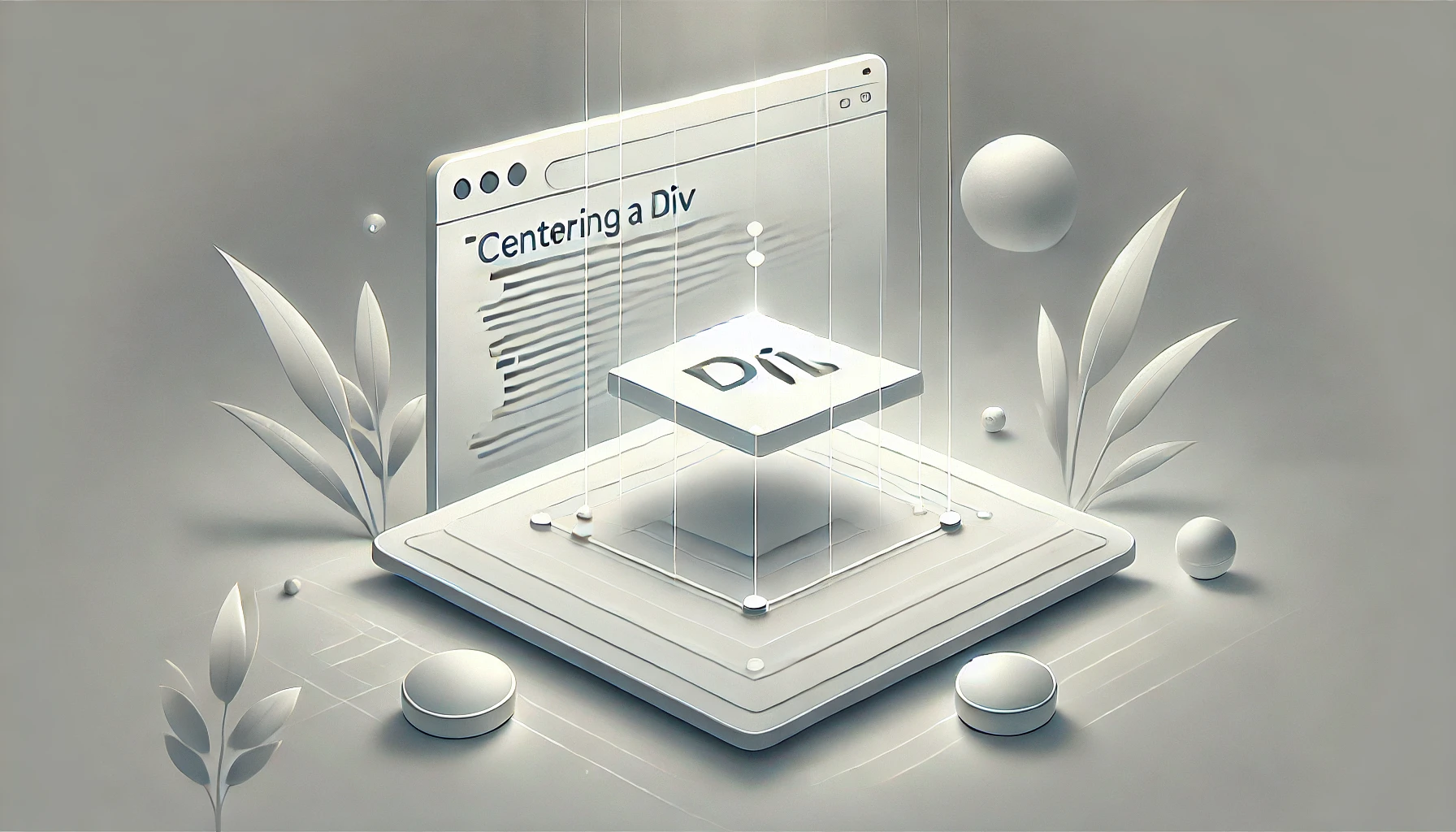Master the Art of How to Center a Div: A Beginner-Friendly Guide

Centering a div is a common task in web development, but depending on the scenario, the methods can vary. Whether you are a beginner or a seasoned developer, understanding different ways to center a div can make your layouts more versatile and responsive.
In this blog, we’ll explore multiple methods to center a div both horizontally and vertically using CSS. These methods include using margin, flexbox, grid, and modern CSS features.
The simplest and most effective way to center a div is by using margin: auto. This method requires minimal setup, only needing the display: block property applied to the centered div, which avoids complications.
Methods to Center a Div
1. Using margin: auto
This is one of the simplest methods for horizontally centering a div.
<div class="center-div">I am centered<div>
.center-div {
width: 200px;
margin: 0 auto;
}
Things to remember while using margin:auto
- This works only for block-level elements with a specified width.
- It’s effective for horizontal centering, but not vertical.
2. Using Flexbox
Flexbox is a powerful and modern solution to center content both horizontally and vertically.
<div class="flex-container">
<div class="center-div">I am centered</div>
</div>
.flex-container {
display: flex;
justify-content: center; /* Horizontally centers */
align-items: center; /* Vertically centers */
height: 100vh;
}
- Advantages: Easy, versatile, and responsive.
- Works even when the size of the child element isn’t fixed.
3. Using CSS Grid
CSS Grid offers a more declarative approach to centering a div.
<div class="grid-container">
<div class="center-div">I am centered</div>
</div>
.grid-container {
display: grid;
place-items: center;
height: 100vh;
}
- The place-items: center property centers the child element both horizontally and vertically.
4. Using Positioning
Another common method involves the use of position.
<div class="position-container">
<div class="center-div">I am centered</div>
</div>
.position-container {
position: relative;
height: 100vh;
}
.center-div {
position: absolute;
top: 50%;
left: 50%;
transform: translate(-50%, -50%);
}
- Advantages: Works well in fixed and absolute contexts.
- Drawbacks: More verbose compared to Flexbox and Grid.
Choosing the Best Method
- For simple horizontal alignment: margin: auto.
- For full-page layouts: Flexbox or Grid.
- For absolute positioning scenarios: position with transform.
